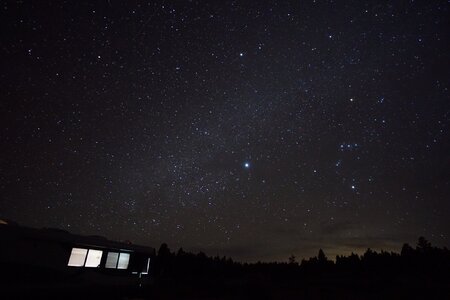Pro Member
- Followers
- 40
- Following
- 6
- Joined
- Nov 19, 2020
- Posts
- 3,329
- Likes Received
- 3,131
- Trophy Points
- 313
- Name
- Chris
- Country
- United States
- City/State
- Pembroke Pines/FL
Hey fellow Alpha Shooters,
I was up in Vermont last weekend where there were some suitably dark skies and I thought I might try my hand at photographing the stars. I did not have a good tripod or a star chart, I just wanted to see how it would turn out with my kit lenses. So I took these two shots with the Sony 10-18mm at f4. I wish I had reviewed properly at the time because it looks like I didn't quite get the focus right. I'm very open to constructive criticism!


I was up in Vermont last weekend where there were some suitably dark skies and I thought I might try my hand at photographing the stars. I did not have a good tripod or a star chart, I just wanted to see how it would turn out with my kit lenses. So I took these two shots with the Sony 10-18mm at f4. I wish I had reviewed properly at the time because it looks like I didn't quite get the focus right. I'm very open to constructive criticism!
- ILCE-6400
- E 10-18mm F4 OSS
- 16.0 mm
- ƒ/4
- 25 sec
- ISO 3200
- ILCE-6400
- E 10-18mm F4 OSS
- 16.0 mm
- ƒ/4
- 25 sec
- ISO 3200

